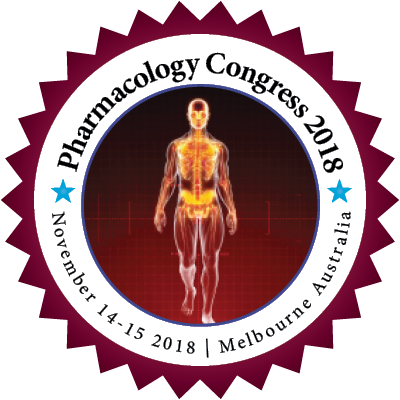
Miyuki Shimoji
University of the Ryukyus, Japan
Title: Relationship between the toxicity and structural change in the mitochondrial targeting Kmutants of microsomal glutathione transferase 1
Biography
Biography: Miyuki Shimoji
Abstract
Statement of Problem: Microsomal glutathione transferase 1 (MGST1) has been classified as a detoxifying enzyme of phase II traditionally and is involved in drug resistance [ref 4, 2]. It is distributed in mitochondria (mt) and in endoplasmic reticulum (ER) abundantly. The function as a drug-metabolizing enzyme in ER is well known, however the mitochondrial function is unclear in spite of the abundant expression.
Methodology & Theoretical Orientation: There is a unique lysine-25 that is conserved from fishes to humans in MAPEG family [ref 5]. We hypothesized
that the lysine-25 played an important role in the balanced mitochondria targeting of MGST1 protein.
To clarify it, we designed the K-mutants and then have expressed and characterized them in COS7 cells. Actually COS7 cells expressing I22K and F28KMGST1 as a K mutant indicated mt targeting, while COS7 cells overexpressing K25A-MGST1 with less charge were inserted to ER clearly in the confocal analyses [ref 1]. Interestingly COS7 cells expressing either I22K or F28K with each mitochondrial expression were concluded to be less viable than that of wild type MGST1. We made the structure graphics based on MGST1 (PDB ID: 2H8A) with PYMOL. It suggests that (i) F28 is located near K25-D78 salt bridge in the space of TM (Trans Membrane segment) 1 and TM2 in the same subunit and (ii) I22 interacts with the neighboring TM4 [ref1]. This might support the different mechanism of mitochondrial insult by K mutants although both K mutants targeted to mitochondria have capacity to induce cellular toxicity. In addition, the catalytic activity and the activation
capacity with N-ethylmaleimide could explain the different features of I22K and F28K-MGST1.
Conclusion & Significance: The key Lysine-25 has been conserved evolutionarily across species. The natural selection could be built as a cellular defense against the putative K-induced mitochondrial toxicity.

